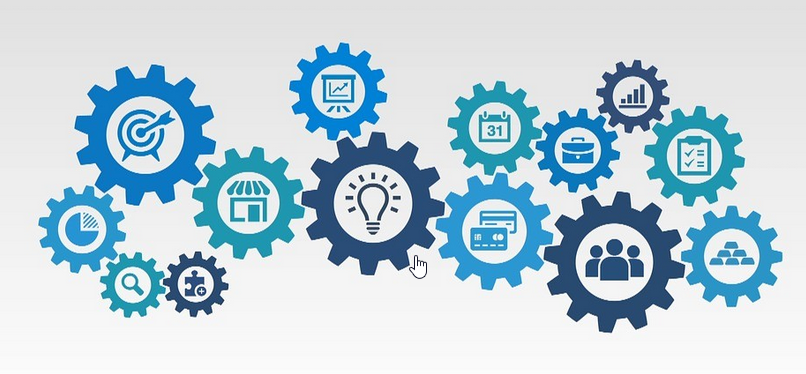
Building out the clarity of any robust innovations mandate needs a depth of thinking
Following on from my first post “Constructing the Innovation Mandate” we should look further into aspects of the innovation mandate that need considering and clarification
Any innovation mandate needs to consider what is meant by the following and provide explanations:
Corporate Objectives: The innovation mandate should clearly align with the organization’s corporate objectives and business strategy. It should articulate how innovation will contribute to achieving these objectives, and what specific goals and metrics will be used to measure the success of the innovation program.
Value Goals: Innovation should create value for the organization in various forms, including revenue growth, cost savings, improved customer satisfaction, and enhanced brand reputation. The innovation mandate should clearly define the value goals for the innovation program and how they will be measured and tracked over time.
Innovation Policy: An innovation policy provides guidance and direction for the innovation program, defining the types of innovation that will be pursued, how innovation projects will be prioritized, and how intellectual property will be managed. The innovation mandate should articulate the organization’s innovation policy and how it will be implemented.
License to Operate: License to operate refers to the organization’s social and environmental responsibilities and obligations. An innovation mandate should consider how innovation can help the organization fulfil these responsibilities and enhance its reputation as a responsible corporate citizen.







